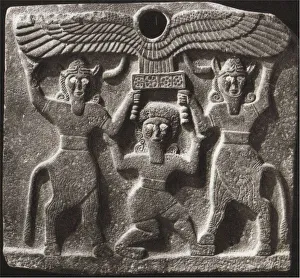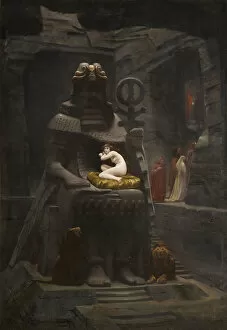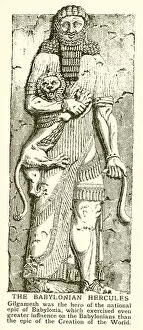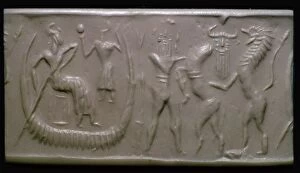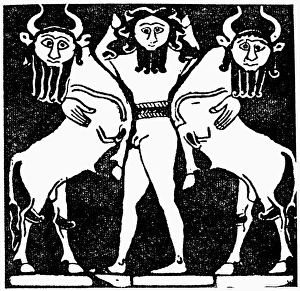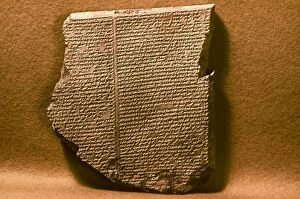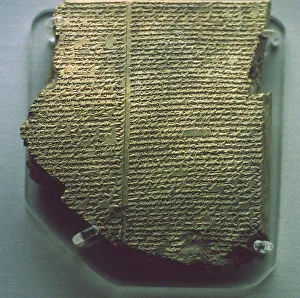Gilgamesh Collection
Gilgamesh, the legendary hero of ancient Mesopotamia, has left an indelible mark on history and culture
All Professionally Made to Order for Quick Shipping
Gilgamesh, the legendary hero of ancient Mesopotamia, has left an indelible mark on history and culture. From the Layard Relief depicting his triumphs to the Wall relief found in Dur-Sharrukin, Gilgamesh's tales have been immortalized through art. One such artwork is "The Bride of Belus, " a painting from 1885 that captures the essence of Gilgamesh's epic journey. The artist beautifully portrays his strength and determination as he embarks on a quest for immortality. The Baked Clay Prism known as Weld-Blundell Prism provides us with invaluable insights into Sumerian history. It includes the Sumerian King List, which mentions Gilgamesh among its rulers. This prism serves as a tangible link to our past and allows us to delve deeper into the world of this heroic figure. Another remarkable depiction can be seen in "The Babylonian Hercules. " Through this engraving, we witness Gilgamesh's larger-than-life stature and god-like abilities. His presence commands attention and admiration even centuries after his reign. Cylinder seals are another medium through which Gilgamesh's legacy lives on. These intricate impressions showcase scenes from his adventures, offering glimpses into his encounters with mythical beasts and gods alike. Orthostates discovered at Tell Hal present yet another captivating portrayal between two minotaur demigods holding up the sun disc. This imagery symbolizes his divine status and power over celestial forces. Lastly, an Assyrian artwork depicts Hero Gilgamesh mastering a lion - a testament to both his physical prowess and bravery. Created during 722-705 BC by talented Assyrian artists, it showcases their mastery in capturing dynamic action scenes while honoring this legendary king. Gilgamesh continues to captivate our imagination today through these artistic representations that serve as windows into ancient civilizations' beliefs and values.


